The 2016 Russian Grand Prix weekend is notable for a handful of events. It turned out to be Max Verstappen’s last for Toro Rosso. And Daniil Kvyat’s last for Red Bull. Nico Rosberg won for the seventh successive grand prix. But something else happened that weekend.
Four years ago a head protection device appeared at a modern Formula 1 grand prix weekend for the first time, courtesy of Red Bull Racing.
Formula 1’s governing body had already announced its intention to introduce head protection from 2017 and the halo was by far the favoured approach.
The structure, which wraps around the cockpit in the form of three struts, had been trialled a couple of times by Ferrari during 2016 pre-season testing, though its aesthetic appeal had prompted widespread criticism.
It was nonetheless the option agreed upon given the extensive research undertaken by the FIA and its affiliated safety organisations.
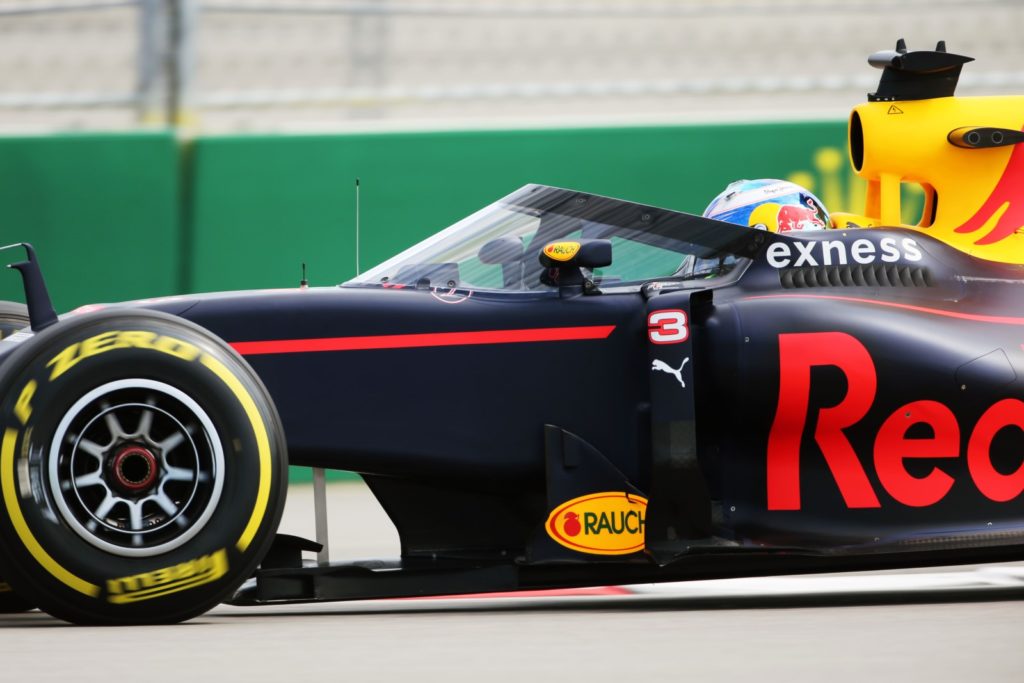
Elsewhere, Red Bull Advanced Technologies pressed ahead with a proposed canopy concept and during practice at the Sochi Autodrom it had readied a prototype.
The canopy-style Aeroscreen was fitted to Daniel Ricciardo’s RB12 for Friday’s opening practice session.
Ricciardo only completed one lap with the Aeroscreen attached before it was removed for the remainder of the weekend, as planned.
“It was different, not having the wind rolling on me and the engine sound was different as well,” said Ricciardo at the time. “The visibility was pretty good, so first impressions were fine, it was driveable.
“Where we have the structure in place is pretty much where the mirrors are so I wouldn’t say it hindered any more than we are now in terms of visibility. Peripheral vision was fine as well.”
Further plans to test the Aeroscreen never materialised and mid-season the FIA announced a delay to head protection for a further year – though the halo was favoured and it regularly appeared on cars during FP1 sessions across the remainder of the 2016 campaign.
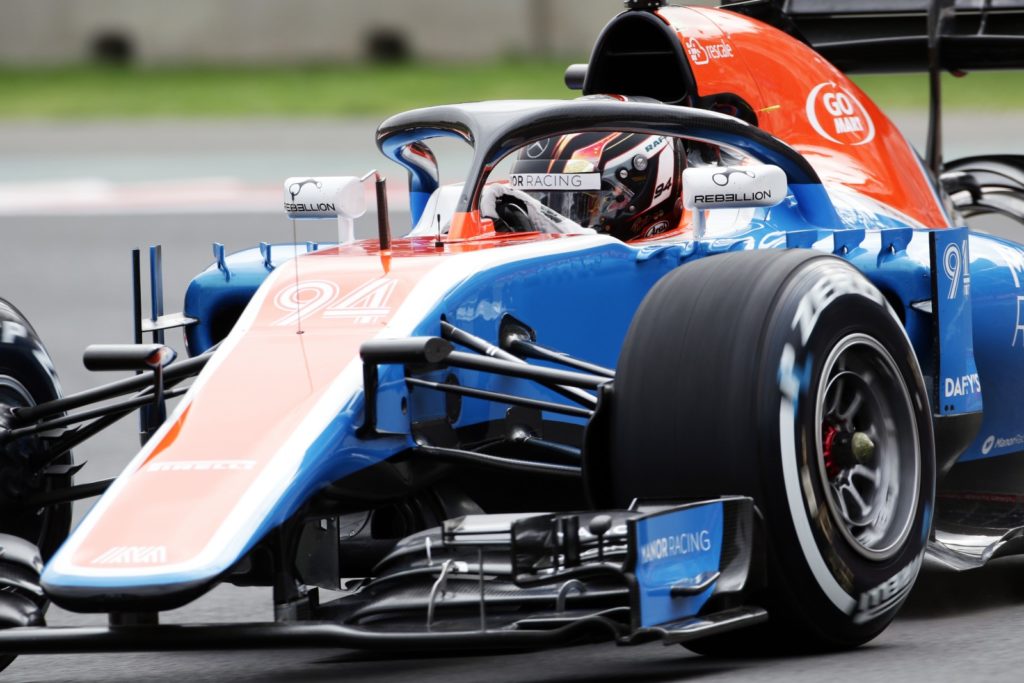
It was widely expected that the halo would still be introduced for 2018.
But in early 2017 there was an unexpected development. The halo, effectively, had been side-lined.
“A number of more integrated solutions for additional frontal protection have been studied, and the decision has been taken to give priority to the transparent ‘shield’ family of systems,” the FIA said in a statement in April. “The FIA aims to carry out track tests of this system during this season in preparation for implementation in 2018.
The FIA revealed the prototype in early July, called the Shield, and planned a litany of indoor and outside tests and targeted running it at Monza in September 2017.
But the Shield appeared just a few days later as the FIA’s desire to get initial feedback, to hurry development, meant it was affixed to Sebastian Vettel’s SF70 during practice at Silverstone.

Though the Shield’s life on-track in Formula 1 lasted just as long as the Aeroscreen: a single lap.
“I got a bit dizzy,” said Vettel after the run. “The forward vision is not very good. I think it is because of the curvature,” Vettel said. You get distortion plus a bit of downwash on the back of the helmet on the straights pushing my head forward. We had a run planned with it, but I didn’t like it so I took it off.”
A few days later the FIA confirmed that the Halo would be mandatory from 2018, with the Shield disappearing from public life almost as soon as it entered.
Formula 2 followed suit alongside Formula 1 and for 2019 the revised Formula 3 championship also adopted the halo, meaning the FIA’s pyramid was all covered (ahem) by the halo.
But that didn’t spell the death knell for a canopy-style protective system on a single-seater.
In early 2019 it was revealed that Red Bull Advanced Technologies was working with IndyCar in order to ready the Aeroscreen for use in the 2020 season.
The prototype was honed, developed and tested extensively in order to function effectively on both road courses and the high-speed ovals.
After a handful of outings towards the back end of 2019 the Aeroscreen was fitted to all 25 IndyCar machines during Spring Training – though its actual race debut is still yet to take place owing to the coronavirus pandemic.


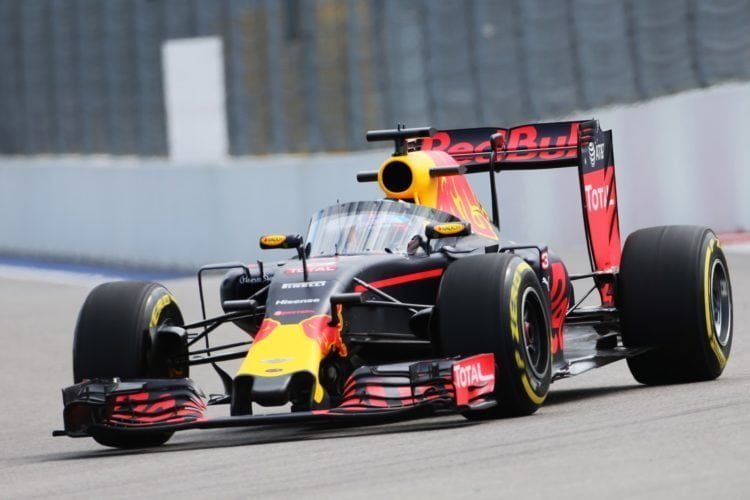


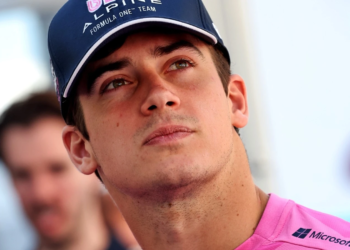




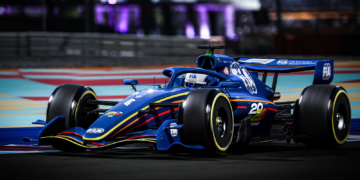
Discussion about this post